Back in 2012 I acquired a Trijicon RMR RM07 to run on a Glock 17. I ran into problems immediately. The first RMR was replaced after the front lens element flew off during recoil (and was lost in the snow) with only about 500 rounds of action. The replacement RMR was dead on arrival (would not turn on; tried multiple batteries). Then the third lasted a solid 14 months or so before the windage broke and the dot would move left to right under recoil. During the 14 months of using that RMR I witnessed intermittent quirks, specifically the red dot turning switching to the brightest setting after recoil.
After the third RM07 failed on me, I gave up on the RMR and the idea of a micro red dot sight on a pistol slide until I was convinced into trying the Holosun 507C. The 507C has been performing superbly on my Glock 19 with zero malfunctions through ~3000 rounds.
Earlier this year I put in my application for a Concealed Carry Weapon permit / license and while I was still waiting for the interview and application review, I looked into building up my Glock 26 Gen 4 with optimism that I would be approved for a CCW.
I wanted to try running a micro red dot sight on a G26 for concealed carry and when I was planning the purchase of a new slide (with RMR cut), I wasn’t sure if I would go with a Holosun or should try the RMR Type 2. The RMR Type 2 is the second generation of the RMR which Trijicon claims is optimized and improved specifically to handle slide mounted pistol applications.
I debated for a long time and decided to give Trijicon another chance and acquired the Trijicon RMR HRS Type 2.
The RMR HRS Type 2 is the civilian version of the RMR that was approved for the US Special Operations Command (USSOCOM) handgun reflex sight (HRS) optic contract. It is essentially the same as the RMR RM06 Type 2, except in a hard anodized coyote brown coating.
Unlike the RM07 I first used several years ago that has a 6.5 MOA dot, the HRS Type 2 uses a 3.25 MOA dot. Earlier ideology recommended a larger red dot for pistol use as it would be easier and faster to pick up the dot. But current ideology shows that speed and ease of red dot acquisition is negligible with the larger dot and a smaller dot will be better for intermediate distance shots.
Along with the Trijicon RMR HRS Type 2, I acquired a Brownells Glock 26 slide milled for the RMR as well as a set of Trijicon Bright & Touch Suppressor (Height) Night Sights.
I acquired suppressor height sights because I like to be able to cowitness iron sights. In the event the red dot were to fail (or happens to be off) and I need to operate the firearm quickly, I will have a sighting system. Also, the iron sights have always served as a good index for me whenever getting sight picture with a micro red dot sight.
I went with another side as opposed to milling out the OEM slide simply because I wanted to be able to go back to stock configuration quickly, if necessary.
Setting up the slide is a straightforward procedure and is just like assembling any bare Glock slide other than the additional step of installing the RMR.
I ran the Trijicon RMR HRS Type 2 at the range and put in some initial break-in rounds and so far it has held up.
During the initial testing session of the Type 2, I realized that the RMR has a smaller window due to the slightly smaller housing than the Holosun 507C. This is actually something I did not take into account and is actually desirable considering the Glock 26 is meant to by my carry gun.
I have not experienced any issues so far with the RMR Type, but I only have about 250 rounds through the Glock 26 with the Trijicon RMR HRS Type 2 installed. Time and a couple thousand rounds will help provide a better determination on the reliability of the RMR Type 2.
It is too early to say whether or not the RMR Type 2 was the right choice or if I should have instead acquired another Holosun 507C (or similar variant with the RMR footprint). I think the smaller form factor, albeit slight, of the RMR versus the Holosun 507C is a benefit for concealed carry. The Holosun 507C automatic off/on feature (“Shake Awake” technology) is much better than the auto dimming feature of the RMR Type 2.
A small detail that favors the RMR over the 507C is that you can use the rim of a cartridge case to adjust the elevation and windage on the RMR. The 507C elevation and windage adjustments use a very small slot and I never carry a screwdriver that fits it and I never have the Holosun provided tool.
Of course, there is the price advantage of the Holosun 507C. The Holosun 507C can be found for around $300 at most reputable retailers whereas the Trijicon RMR Type 2 with adjustable LED is sold for around $550 depending on the retailer. Many will argue that the USA made Trijicon justifies the price point versus the Chinese made Holosun.
Given my experience with both the Trijicon RMR and the Holosun 507C, I feel that you cannot deny the value and performance of the Holosun 507C.
All that being said, this is not meant to be a review of the Trijicon RMR. The RMR has been around for over 10 years and there are plenty of reviews and opinions out there. I just wanted to highlight my return to using the RMR and giving this updated optic another chance.

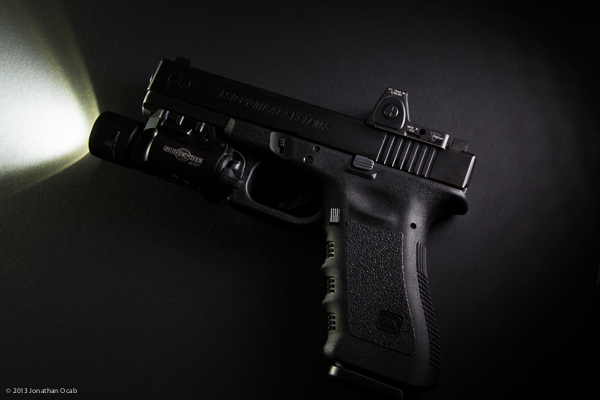
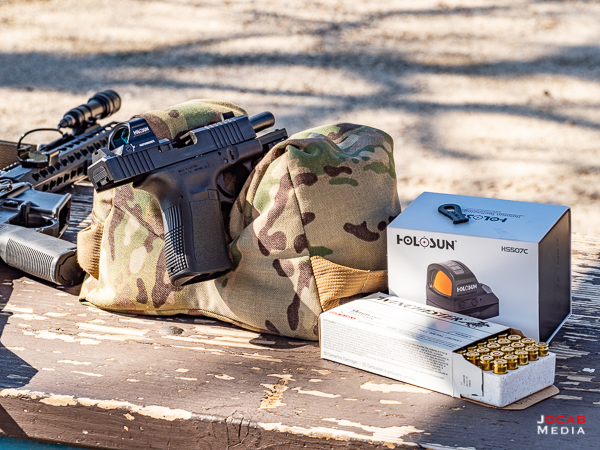
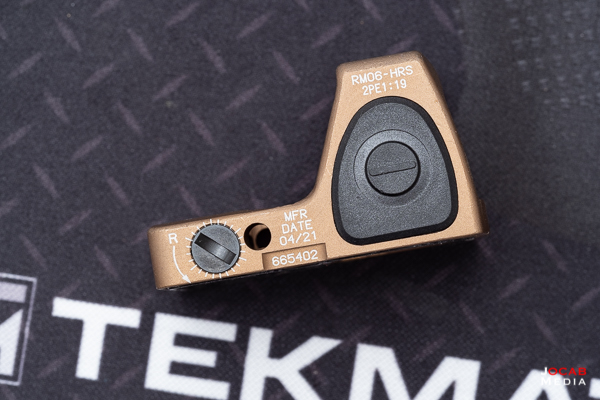
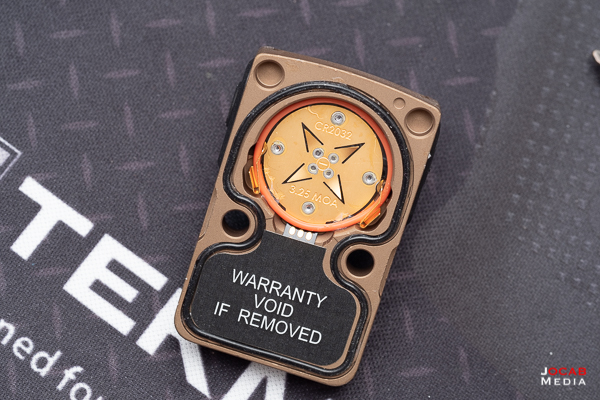
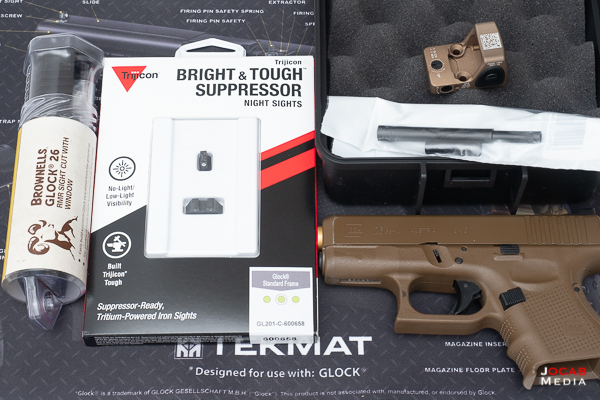
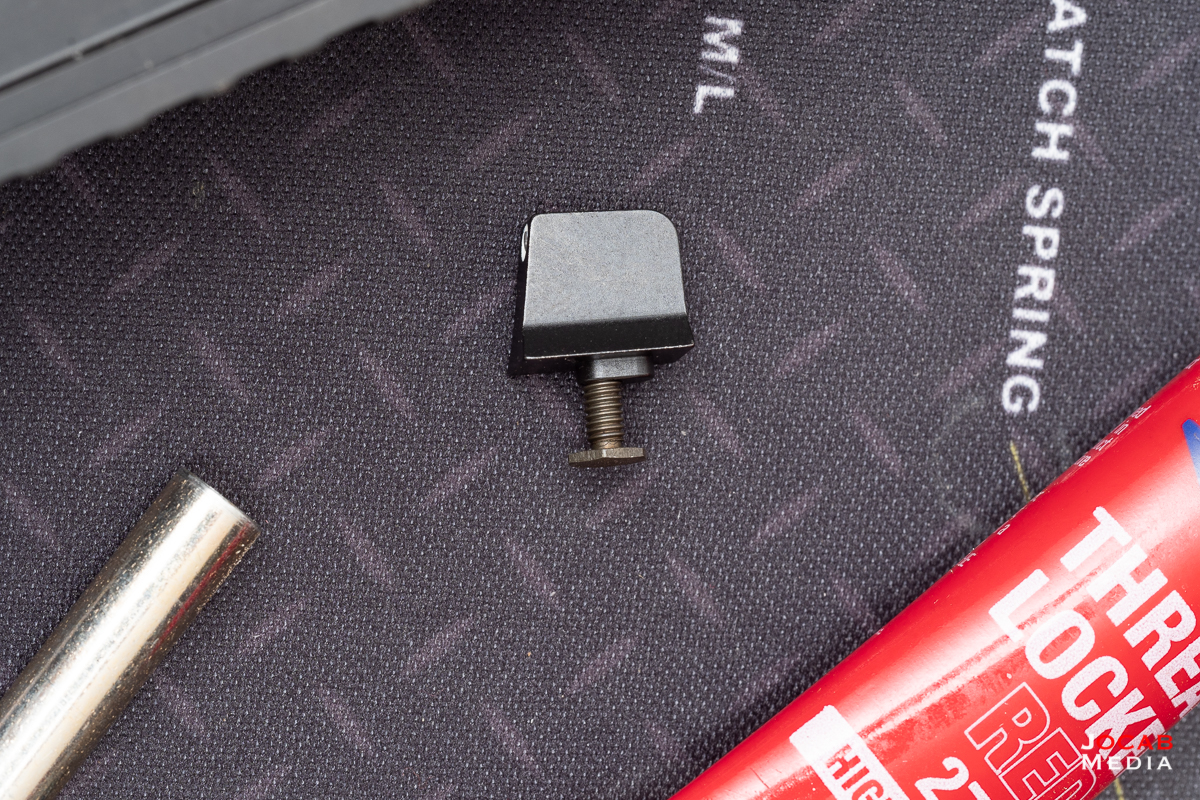
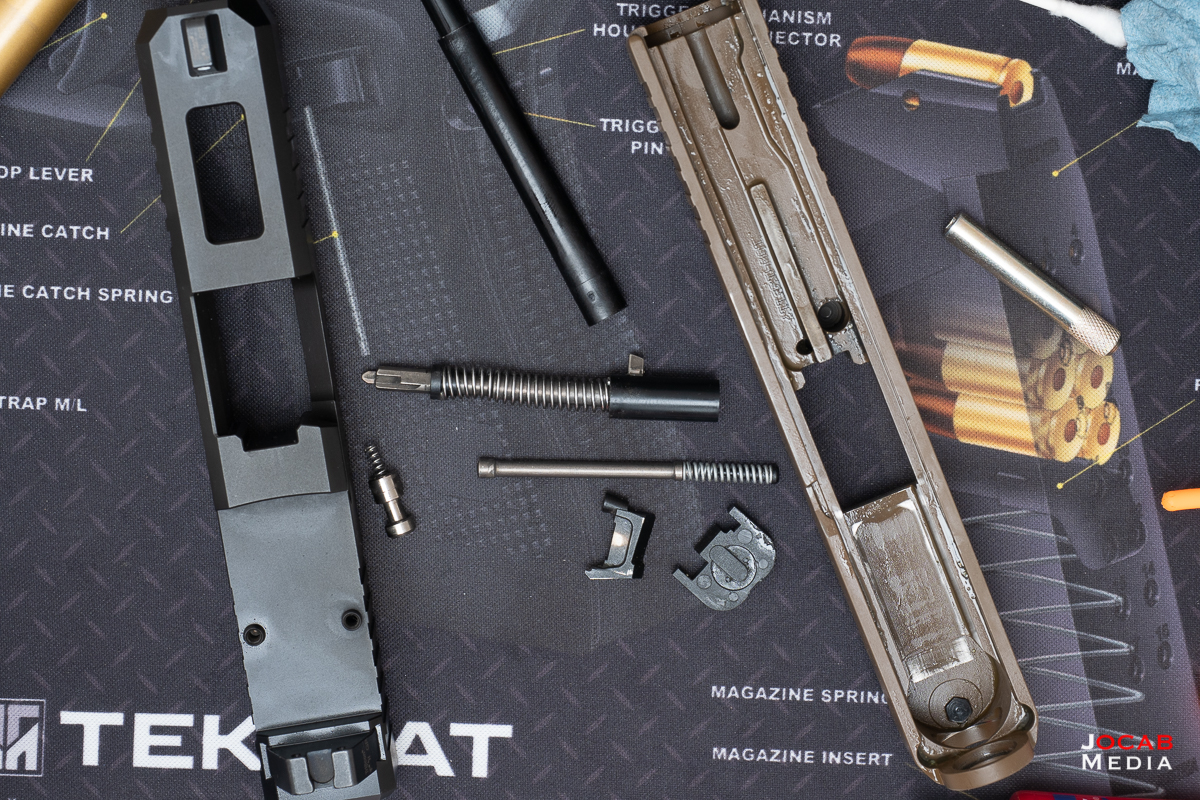
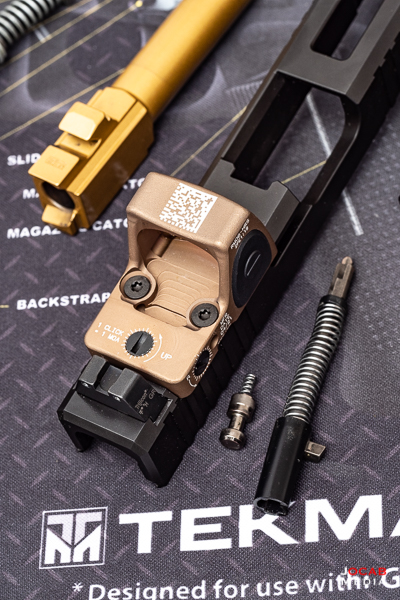
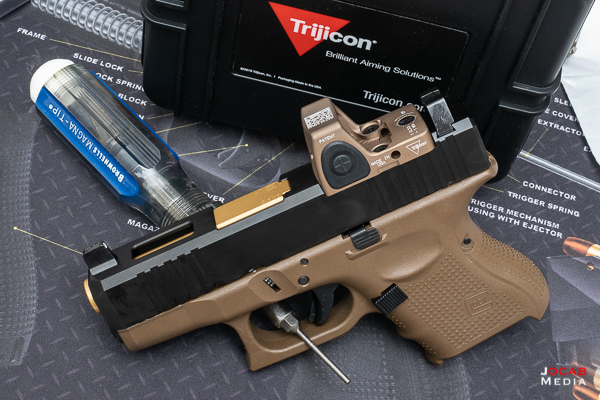
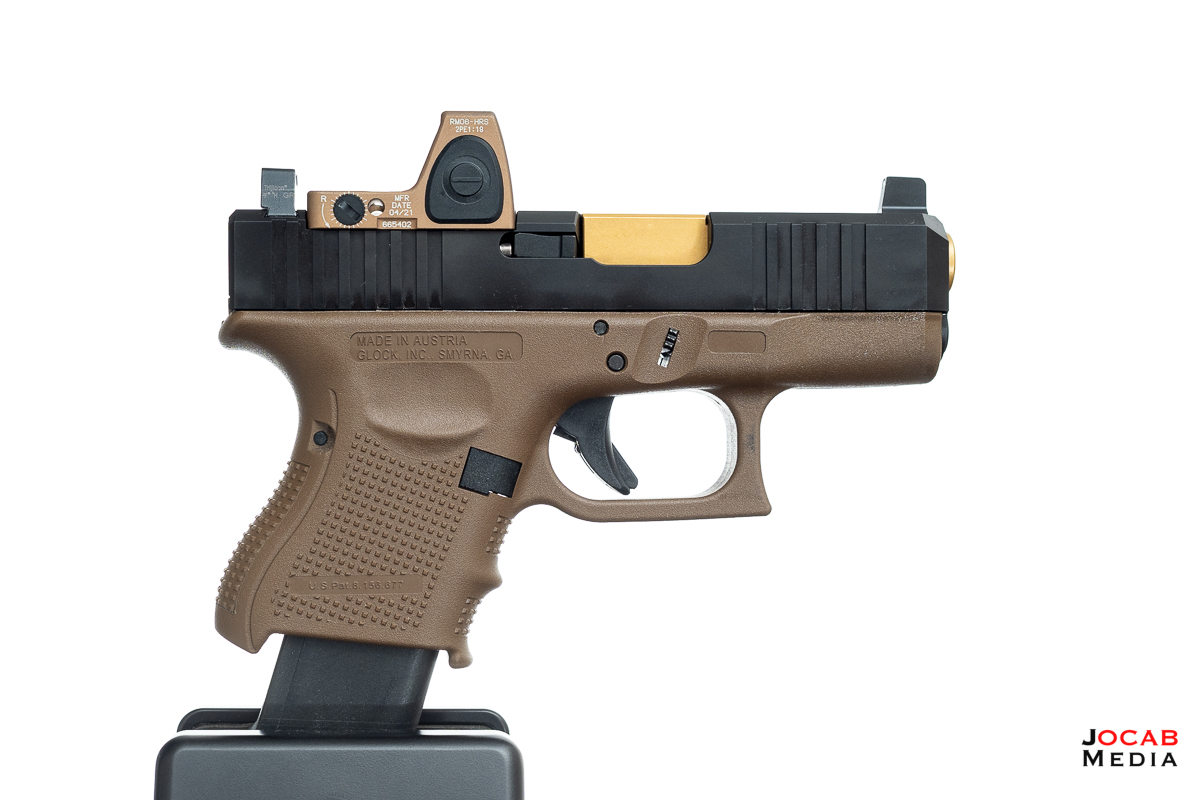
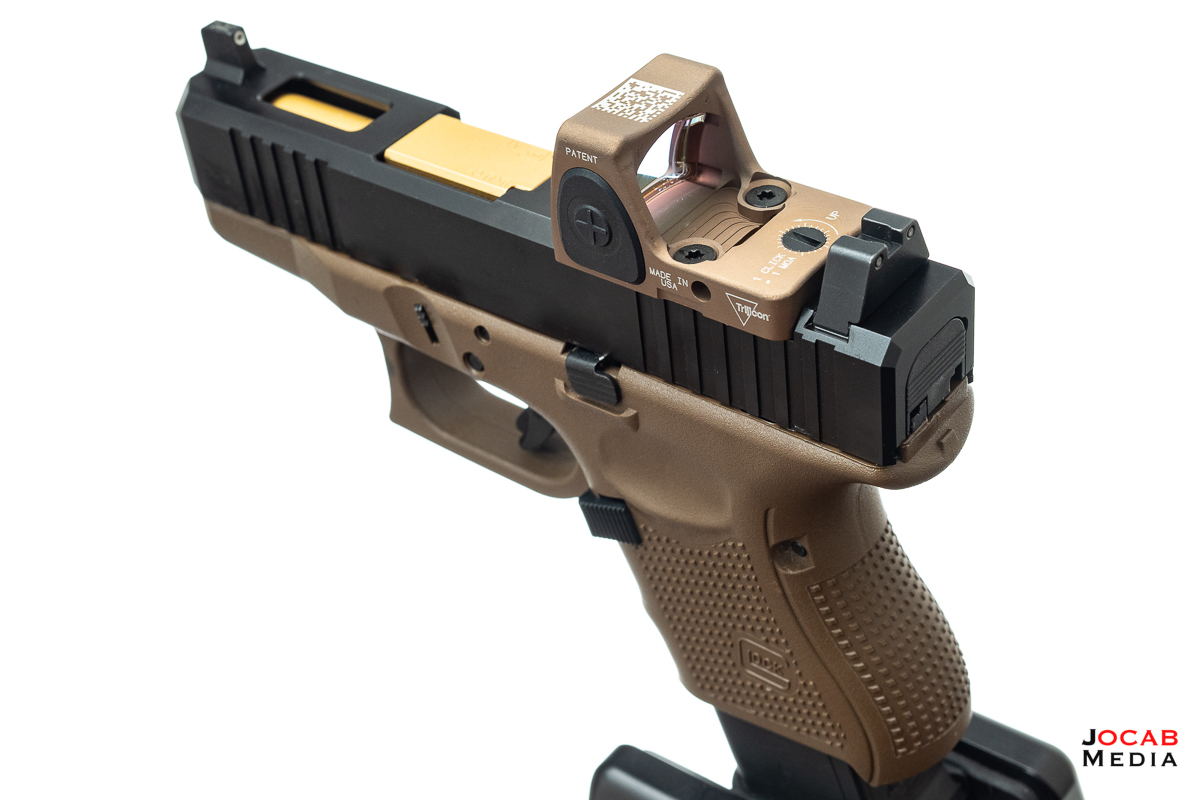
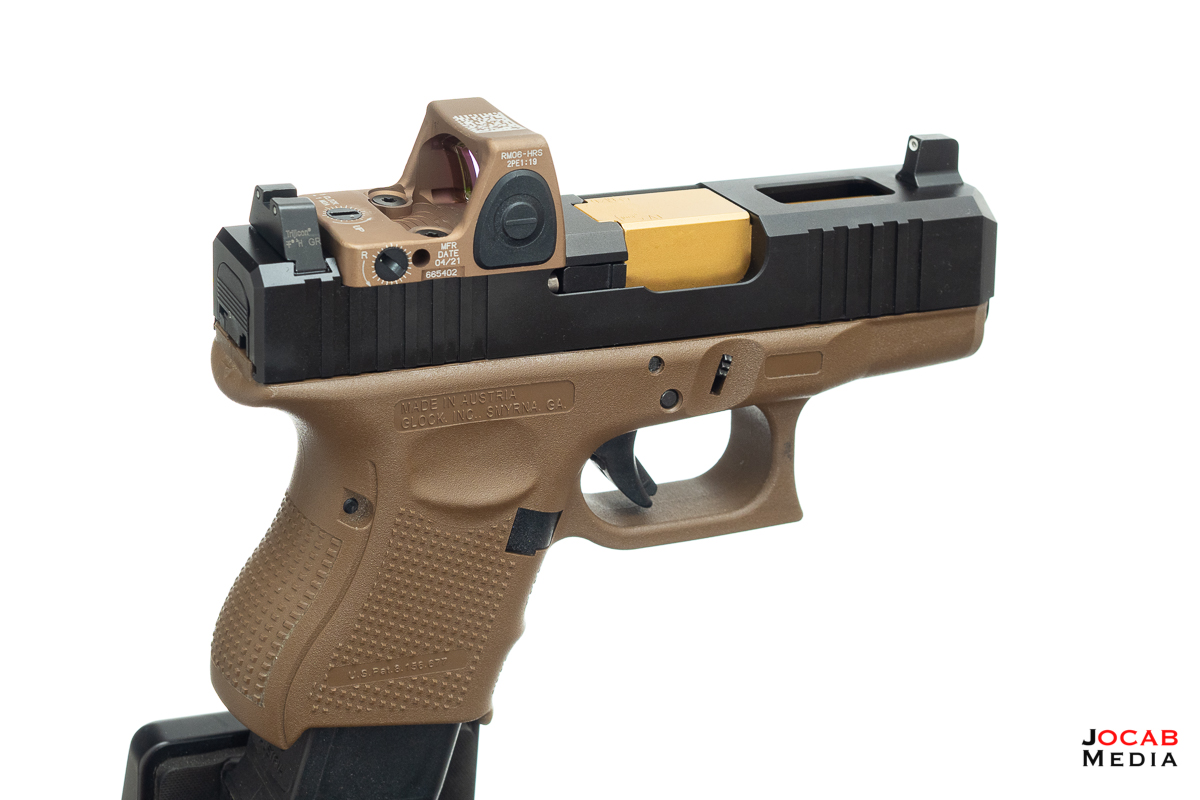
Comment on this post